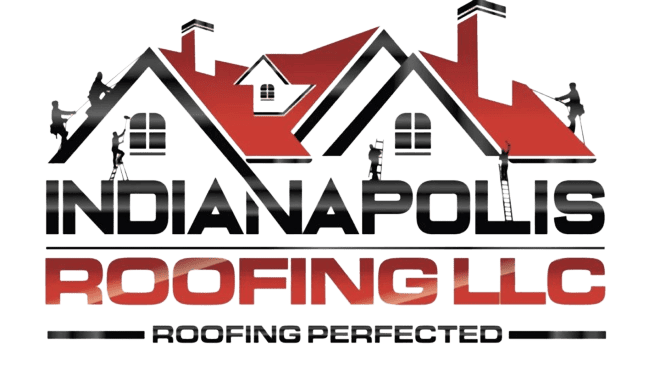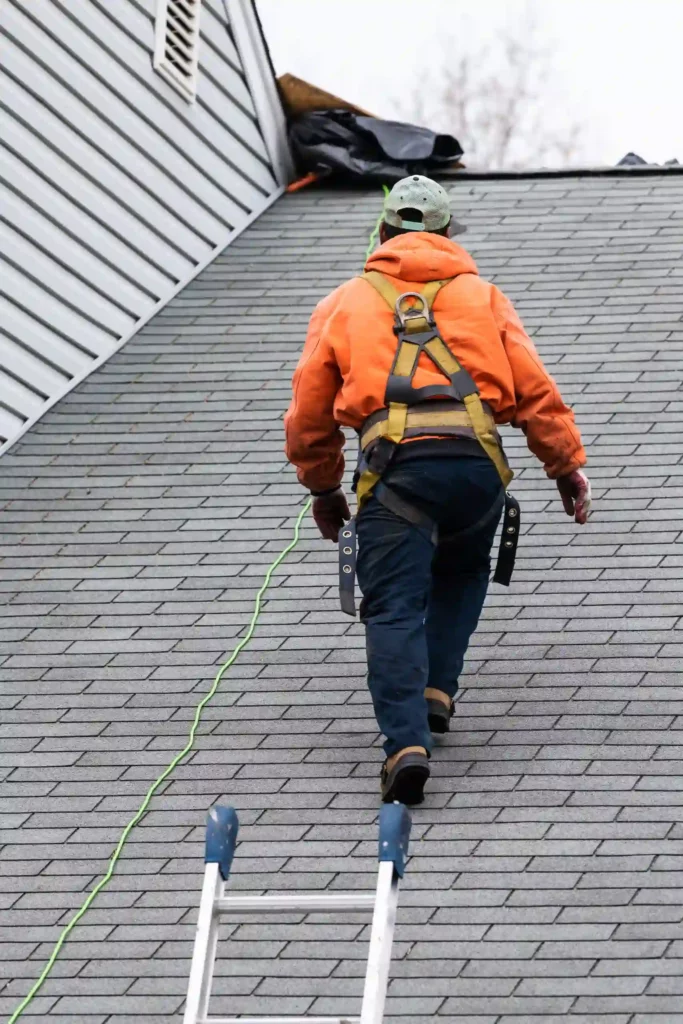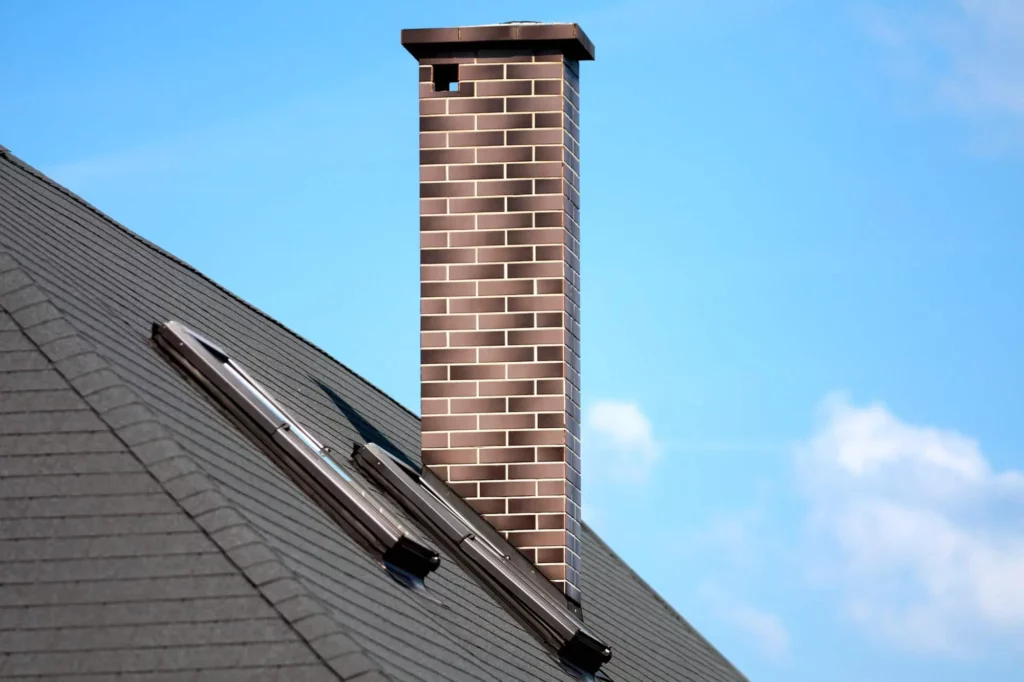Trustworthy Roof Repair Services in Indianapolis and Nearby Areas
Indianapolis roof repair services ensure your roof stays in excellent condition. They handle leaks, shingle replacements, and more. Roofs protect homes from harsh weather, making regular maintenance essential. Indianapolis roof repair experts offer professional and reliable services for residential and commercial properties. They address issues like leaks, damaged shingles, and structural weaknesses. Timely repairs prevent further damage and extend the roof’s lifespan, saving costs in the long run. Skilled technicians use high-quality materials and the latest techniques for durable and efficient repairs. Choosing local Indianapolis experts ensures familiarity with regional weather conditions and building codes. Regular inspections and prompt repairs maintain the safety and value of your property. Trustworthy roof repair services provide peace of mind and protect your investment. Common Roof Problems In Indianapolis Indianapolis homeowners often face various roof problems due to the city’s weather conditions. From heavy rains to strong winds, these elements can cause significant damage to roofs. Understanding common roof problems in Indianapolis helps homeowners take timely action to maintain the integrity of their homes. Leaks And Water Damage Leaks and water damage are major concerns for Indianapolis roofs. Heavy rains can easily penetrate weak spots, leading to significant issues. Common causes of leaks include: Broken or missing shingles: Shingles provide the first line of defense against water. Damaged shingles can allow water to seep through. Poor installation: Improper installation can leave gaps and vulnerabilities. Clogged gutters: Blocked gutters prevent proper water drainage, causing water to pool and leak into the roof. Signs of water damage inside the house include: Stains on the ceiling: Yellow or brown stains indicate water seepage. Peeling paint: Water can cause paint to bubble and peel. Mold growth: Damp conditions foster mold, which poses health risks. Regular roof inspections and prompt repairs can prevent these issues. Hiring a professional for roof inspections ensures early detection and resolution of leaks. Shingle Damage Shingle damage is another frequent problem in Indianapolis. Shingles protect roofs from weather, but they wear out over time. Common causes of shingle damage include: Weather conditions: Strong winds, hail, and heavy snow can damage shingles. Age: Older shingles become brittle and prone to breaking. Foot traffic: Walking on the roof can crack or loosen shingles. Signs of shingle damage include: Missing shingles: Gaps in the roof can lead to leaks. Curling or buckling shingles: This indicates aging or improper installation. Granules in gutters: Shingle granules protect against UV rays. Finding them in gutters signals wear. Regular maintenance and timely replacement of damaged shingles can extend the roof’s lifespan. Homeowners should schedule inspections after severe weather to address shingle issues promptly. Gutter Issues Gutter issues are common in Indianapolis and can lead to significant roof damage. Gutters channel water away from the roof, preventing leaks and water damage. Common gutter problems include: Clogged gutters: Debris-like leaves and twigs block water flow, causing overflow. Sagging gutters: Heavy debris or water weight can cause gutters to sag and detach. Leaks or holes: Damaged gutters can leak, leading to water pooling and roof damage. Signs of gutter problems include: Water spilling over the sides: Indicates clogs or improper slope. Visible rust or holes: Points to worn-out gutters. Detached gutters: Sagging or detached gutters need immediate attention. Regular gutter cleaning and maintenance can prevent these issues. Installing gutter guards can reduce debris buildup. Ensuring proper installation and timely repairs keeps gutters functioning effectively. Signs That Your Roof Needs Repair Is your roof in Indianapolis showing signs of wear and tear? Knowing the signs that your roof needs repair can save you from expensive damage. Your roof protects your home from the elements. Identifying problems early helps keep your home safe and dry. Learn about the key signs that your roof needs repair. Interior Water Stains Interior water stains are a clear sign of roof damage. These stains often appear on your ceiling or walls. They can be yellow, brown, or copper-colored. Water stains mean moisture is seeping through the roof and into your home. Discolored patches on the ceiling Peeling paint or wallpaper Damp or musty smell in the room Ignoring water stains can lead to mold growth. Mold poses health risks and can damage your home’s structure. If you see water stains, call a professional roofer right away. Check the attic for signs of leaks. Look for wet insulation or damp rafters. Use a flashlight to spot any dark spots or trails. These are signs that water is getting in through the roof. Missing Or Curling Shingles Missing or curling shingles are a common sign of roof damage. Shingles protect your roof from rain and wind. When shingles are missing or curled, your roof is exposed to the elements. Shingles that are cracked or broken Shingles that are curled at the edges Gaps or spaces where shingles are missing Shingles can become damaged due to age, weather, or poor installation. Strong winds can lift shingles, causing them to break or fall off. Hail can also cause dents or cracks in shingles. If you notice damaged shingles, have them replaced right away. This prevents water from seeping into your home. Regularly inspect your roof, especially after storms. Replace damaged shingles promptly to maintain your roof’s integrity. Sagging Roof A sagging roof is a serious sign of structural damage. A roof should have a straight, even surface. Sagging indicates that there is a problem with the roof’s support. Water damage weakening the roof’s structure Excessive weight from snow or ice Improper installation or use of low-quality materials Sagging can lead to a roof collapse if not addressed. Check your roofline from the ground. Look for areas that dip or bow. Inside your home, look for cracks in the walls or ceiling. These may indicate that the roof is putting pressure on the structure. If your roof is sagging, contact a professional immediately. They can assess the damage and recommend repairs. Reinforcing the roof supports or replacing damaged sections may be necessary. Importance Of Timely Roof Repairs The roof is a crucial










